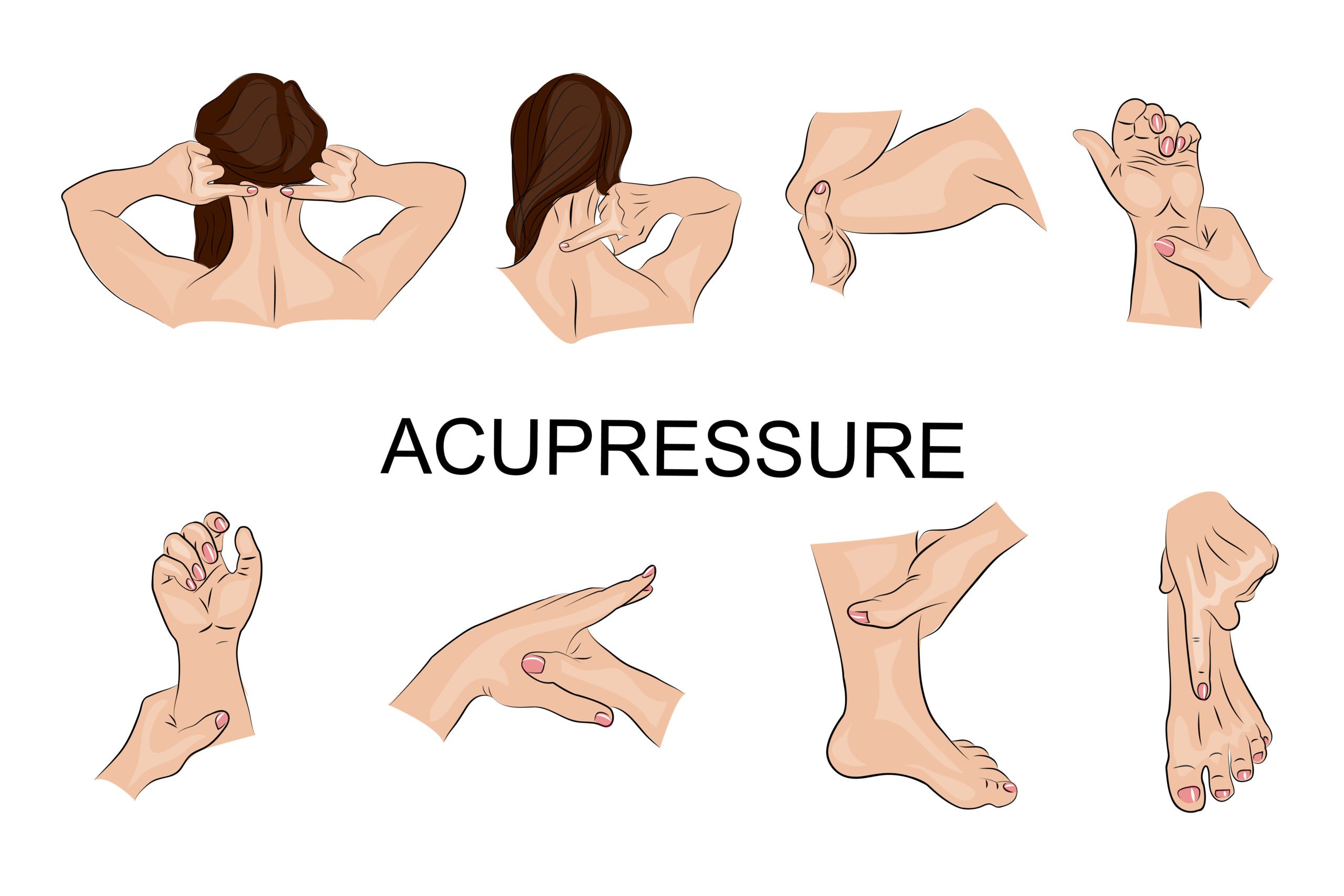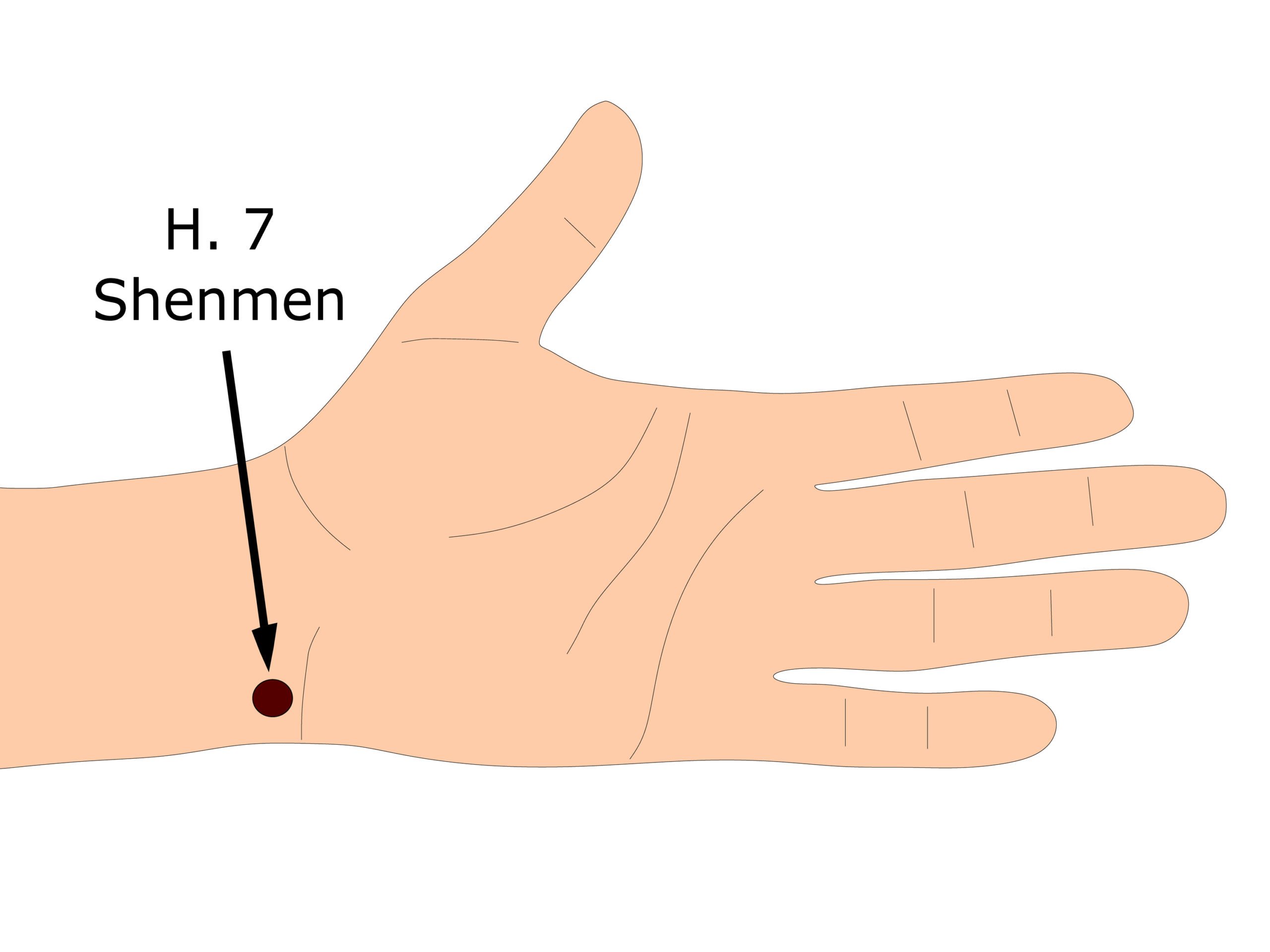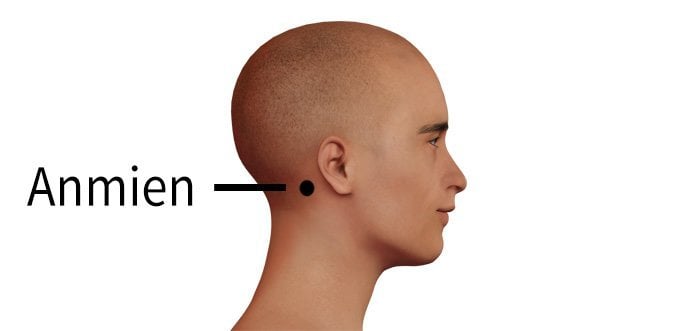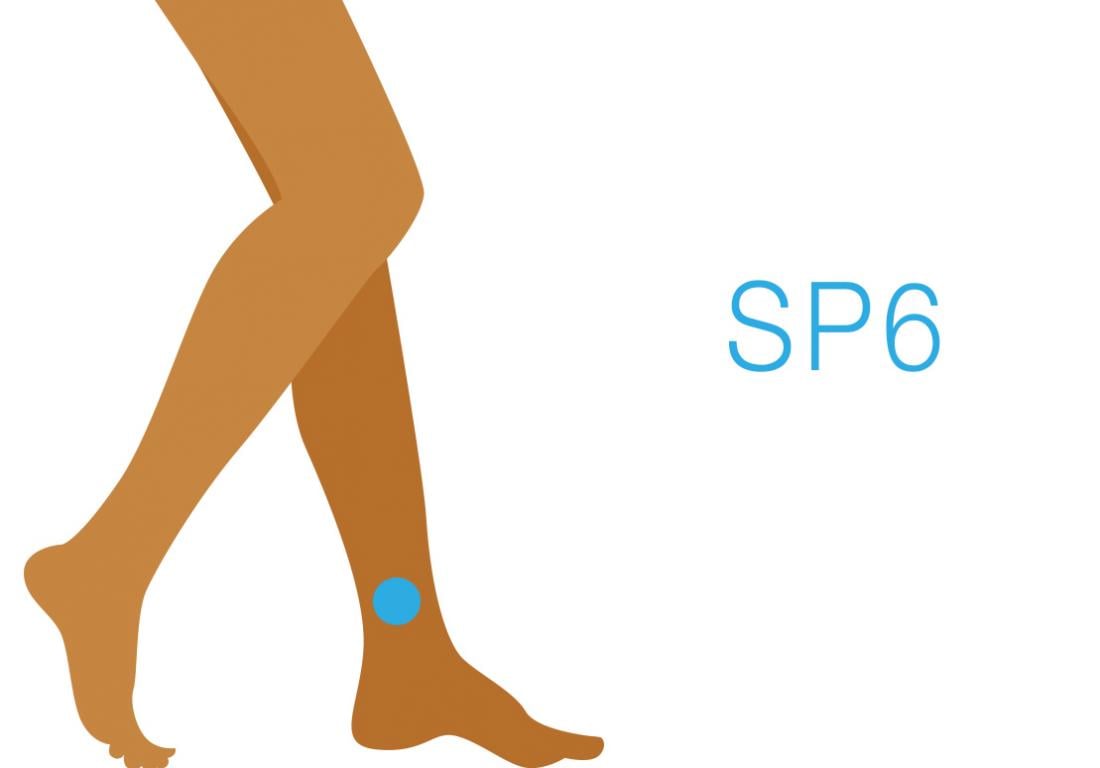If you’re one of the millions of Americans who struggle with getting quality sleep, whether it’s because you’re stressed, restless, or have anxious thoughts that keep you up at night, there are simple and natural remedies to help you get the deep sleep that you need, and deserve. While I could go on and on about all the different ways to improve sleep quality, I’m going to focus on just one of them today. Specifically, how to utilize the different pressure points for sleep and the benefits of acupressure when it comes to facilitating deep relaxation.
In this blog we’ll discuss everything you need to know about acupressure for sleep and the different pressure points that have been shown to improve sleep and relaxation.
Article At A Glance
- What is acupressure?
- How does acupressure work?
- What are pressure points?
- 5 pressure points for sleep
What Is Acupressure?
Before I dive into what the different pressure points for sleep are, it’s important to understand what acupressure is, and how it works. Acupressure is an alternative medicine technique often used in conjunction with acupuncture. It’s closely associated with other forms of Traditional Chinese Medicine (TCM), like shiatsu massage, for example, that focus a lot on the flow of qi (pronounced “chee”) and bringing balance and harmony within the body. Qi is translated to “vital energy”, and in ancient Chinese medicine, when qi is flowing throughout the body, you are healthy. It’s also believed that disease or ailments in the body are caused by a variety of internal and external factors that can negatively impact the flow of qi, so correcting that imbalance is crucial. This is where acupressure, and similar forms of natural healing, come into play. [1]

How Does Acupressure Work?
In acupressure, a practitioner, or even if you’re performing acupressure on yourself, in a non-invasive technique that involves using fingers, palms, elbows, feet, or even special devices to gently press on specific points on your body (pressure points) to restore the flow and balance of qi throughout your body. These areas of the body are said to hold tension and block the flow of qi, preventing optimal health. So, in Layman’s terms, acupressure is a process that releases tension in specific areas of the body to improve health and prevent ailments and diseases. [1]
What Are Pressure Points?
Pressure points in acupressure, refer to the areas on the body that are associated with restoring the flow and balance of qi. They derive from the meridian points in TCM, Indian Ayurveda, and Siddha medicine, as well as throughout the martial arts. [2] These areas in general are known to produce pain when pressure is added but has a ton of health benefits once released. One of which includes the different pressure points for sleep! There are several acupressure points for sleep that I’ll review in the next section.
How To Apply Acupressure
When applying acupressure onto any pressure point, it’s important to try to relax and breathe deeply while you massage the area. Your hand, finger, elbow, or whatever you use to apply the pressure will vary depending on the pressure point you’re working on, so read on to learn about the specific placements for each of the pressure points for sleep.
Acupressure Points For Sleep
There are several acupressure points for sleep and may help with insomnia, restlessness, and even anxiety. Although acupressure is typically done by a professional, these pressure points for sleep can easily be done by yourself, in the comfort of your own home. One of the major benefits here is being able to immediately go to sleep after completing them so you can enjoy a deep slumber! For even more relaxation, sip on one cup of ZzzTox tea while doing your acupressure for sleep. One cup contains eight of the most powerful and beneficial teas for sleep to calm your mind, body, and digestion, while releasing harmful toxins.
1. Spirit gate

Spirit Gate, otherwise known as HT7, or Shenmen in TCM, is one of the best pressure points for sleep as it’s considered the gateway to accessing our mind and emotions. Performing acupressure in this specific area may ease heart-related issues like stress, anxiety, and insomnia.
Where to find it
Spirit Gate is located at the crease of your outer wrist, below your pinkie finger. You’ll feel a small dip in this area. That dip is the spirit gate pressure point for sleep.
What to do
Apply gentle pressure in a circular motion. Continue for 2-3 minutes and then hold down gently for another minute or so. Repeat on both sides.
2. Anmien

In TCM, Anmien translates to “peaceful sleep”. Hopefully its translation explains why anmien made it onto our list of best acupressure points for sleep! According to TCM, when you are unable to sleep, your spirit is “not housed properly”, and this acupressure point can help settle it by “calming the spirit”. [3]
Where to find it
Anmien is located on either side of your neck, just behind your ear.
What to do
Place your finger or thumb on the pressure point and apply circular pressure slightly upward under the skull for about 2-3 minutes. You should experience a feeling of deep relaxation.
3. San Yin Jiao

San Yin Jiao, also known as SP6, is an acupressure point for sleep that not only helps with insomnia, but can also help with menstrual cramps, urinary issues, and even pelvic problems.
Where to find it
San Yin Jiao is located on the inside of your leg, next to the highest point of your ankle. Measure the width of about four fingers up your leg to find it.
What to do
Apply deep pressure to the San Yin Jiao acupressure point for about 2-3 minutes. Making circular motions or applying direct pressure works best. Repeat on both sides.
4. Tai Chong

Also known as LV3, the Tai Chong pressure point for sleep has been shown to help with insomnia, stress, and anxiety-related sleeplessness.
Where to find it
Tai Chong is located on the skin between the big toe and second toe, right below their connecting point.
What to do
Place gentle pressure on Tai Chong for 2-3 minutes making circular movements or holding down firmly. Repeat on both sides.
5. Yin Tang

The Yin Tang pressure point has been shown to not only help with insomnia, but applying pressure to this area can help with other issues like restlessness, agitation, or fear.
Where to find it
Yin Tang is located in the center of the eyebrows, just above the nose.
What to do
Apply direct pressure to this area in a circular movement. You may also press firmly into Yin Tang and hold for 30 seconds or so.
The Bottom Line
When it comes to utilizing the pressure points for sleep and taking advantage of all the benefits that acupressure can provide, it’s important to remember that consistency with these practices is the key to seeing long term effectiveness. Using acupressure for sleep in conjunction with a relaxing bedtime tea, like ZzzTox, can help ease your mind and body of stress, anxiety, restlessness, and can help you get the quality sleep that you deserve.
Mentioned In This Post
SkinnyFit ZzzTox Tea
Stress less, sleep tight, and detox 24/7 with caffeine-free SkinnyFit ZzzTox! Our all-natural nighttime tea helps you slim down while enhancing your quality of sleep.
